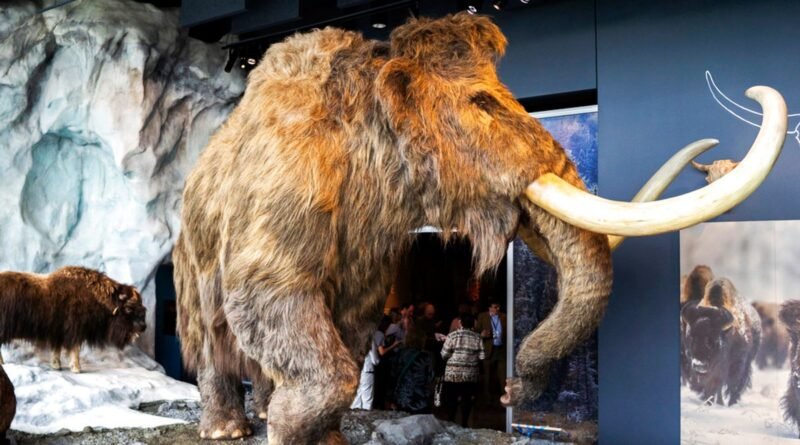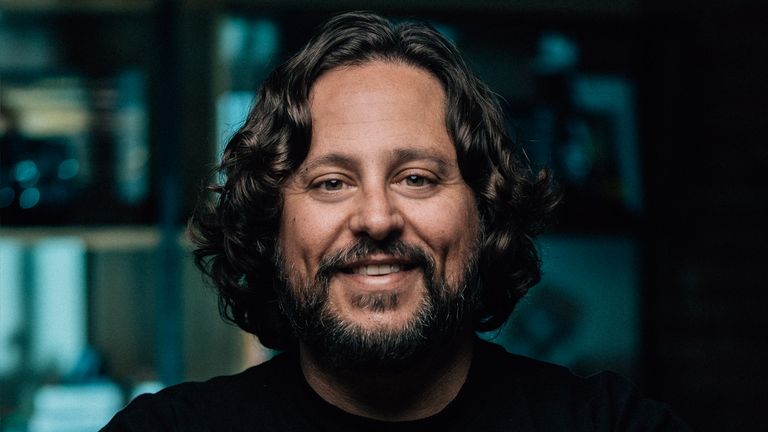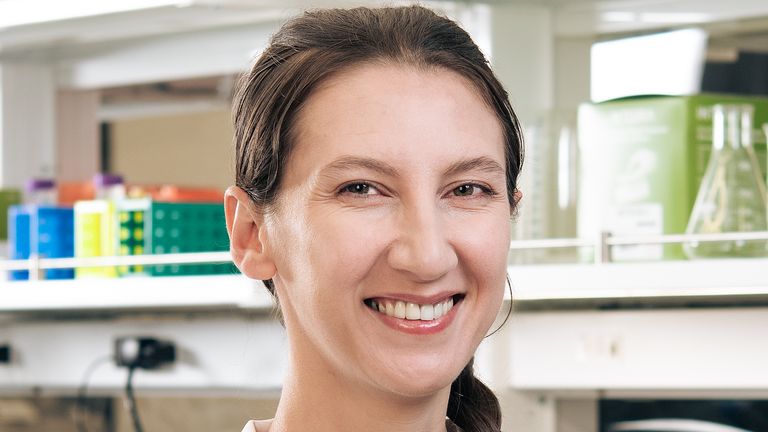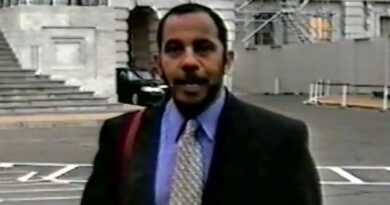US company attempts to resurrect extinct dodo and mammoth, but faces obstacles reminiscent of Jurassic Park | Science & Tech News
The concept of scientists resurrecting pre-historic animals through DNA manipulation may ring a bell for fans of the 1993 blockbuster movie Jurassic Park.
However, for Colossal Biosciences, a company aiming to revive extinct species like the dodo and the mammoth, it is more than just fiction.
It’s a real possibility – one that could become a reality in just a few years.
“We have all the necessary technology,” says Ben Lamm, the CEO of the company located in Dallas, Texas.
“It’s just a matter of time and funding. But we are fully confident [we can bring back] the Tasmanian tiger, the dodo, and the mammoth.”
The fundamental science behind the project is straightforward: Identify the genes that define an extinct animal and replicate those genes using the DNA of a closely related existing species.
“It’s like a reverse Jurassic Park,” explains Mr. Lamm in an interview with Sky News.
“In the movie, they filled in the gaps in dinosaur DNA with frog DNA.
“We are using artificial intelligence and other tools to pinpoint the essential genes that define a mammoth and then inserting them into elephant genomes.”
The technical aspect is one thing.
However, there are practical challenges for Colossal to address, such as the process of birthing a real-life mammoth once mammoth cells are obtained.
According to Colossal, the solution lies in the womb of an Asian elephant.
But even after figuring out how to do it, the process could take nearly two years.
“Each project [the mammoth, dodo, and Tasmanian tiger] presents different challenges – the mammoth mainly revolves around gestation, which lasts about 22 months,” explains Mr. Lamm.
“The dodo gestation is simpler – we are using surrogate chickens. The biggest challenge is cultivating the primordial germ cells.”
‘Expecting success by 2028’
After approximately 4,000 years of extinction, when might we witness the comeback of the majestic mammoth – a creature that vanished due to human hunting and environmental changes at the end of the last Ice Age?
“We are well into the editing phase,” reveals Mr. Lamm.
“We may not have mammoths yet, but we remain optimistic about 2028.”
Outside the laboratory, under the leadership of Eriona Hysolli, the head of biological sciences at Colossal, there are additional challenges to address, including suitable habitats for the reintroduced species.
Mr. Lamm mentions that the company is already collaborating with various entities such as local governments, conservation groups, indigenous communities, private landowners, and the general public to prepare for the reintegration of these animals into their natural environments.
“Our ultimate objective is to release all the animals we create back into the wild,” he states.
‘Innovative tools to safeguard nature’
Colossal emphasizes that their work is not just about reintroducing lost animals to the world.
The company is currently partnering with Dr. Paul Ling at Baylor College of Medicine in Houston, Texas, to develop a vaccine to combat the deadly EEHV virus, which claims the lives of about 20% of baby elephants annually.
Additionally, they are collaborating closely with the University of Alaska and the University of Stockholm in the analysis of American mammoths’ radiocarbon dating and genome sequencing – the most extensive study of its kind ever conducted.
Read more:
Colossal Biosciences announces project to bring back the dodo
Scientists unveil 240-million-year-old reptile likened to ‘Chinese dragon’
Mr. Lamm also hopes that, through Colossal’s research, the company can address current global challenges, including declining biodiversity.
“I believe we have a responsibility to this planet we inhabit – we are facing a potential loss of up to 50% of biodiversity if we don’t take action,” he remarks.
“While modern conservation efforts are commendable, we need fresh approaches in the battle against this decline.
“Research on de-extinction complements species preservation efforts, and if Colossal can develop a couple of technologies, it may offer those solutions.”
‘Jurassic Park aids in understanding our mission’
Regarding comparisons to Jurassic Park, Mr. Lamm notes one discrepancy.
In the Spielberg-directed movie, scientists use DNA preserved in amber from fossilized mosquitoes combined with frog DNA to resurrect dinosaurs.
“Amber is not an ideal storage medium for DNA,” points out Mr. Lamm.
“Nevertheless, it’s an entertaining film that sparked widespread interest in science. When I watched it as a child, I thought: ‘Genetics is fascinating’.
“It significantly contributed to the public understanding that genetic engineering is a real and potent tool, and more people now grasp Colossal’s mission because of it.”
The company is also collaborating on a documentary, not a dystopian thriller like Jurassic Park, fortunately.
They have partnered with renowned director James Reed, who specializes in nature documentaries, to document their “de-extinction” endeavors.
“It’s truly thrilling. When you’re embarking on something daring, communication and transparency are crucial, and there’s no better way than having cameras recording everything,” Mr. Lamm concludes.






